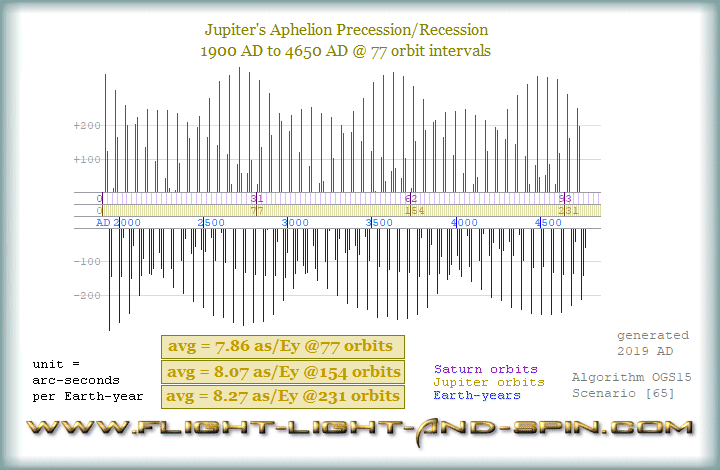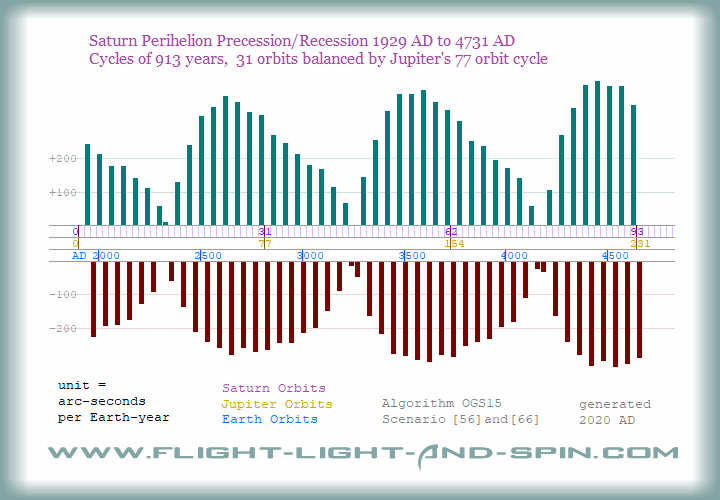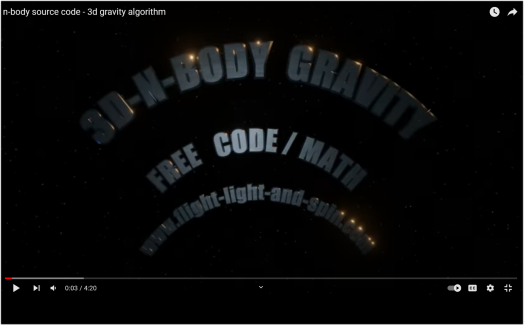| 237
year & 913 year Orbital Cycles
...
(19 May 2023) |
|
|
|
| 237
Year Orbital Cycles |
||||||||||||||||||||||||||||||||||||||||||||||||||||||||
|
||||||||||||||||||||||||||||||||||||||||||||||||||||||||
| 913
Year Orbital Cycles |
||||||||||||||||||||||||||||||||||||||||||||||||||||||||
|
||||||||||||||||||||||||||||||||||||||||||||||||||||||||

| |
|
|
|

| |
|
|
|
| N-body-gravity video | Mercury's orbit video | ||
| See
more of this article here: |
N-body-gravity Algorithm Introduction Mercury Perihelion - Perihelion Precession - Precession of the Equinox Mercury - Venus - Earth - Mars - Jupiter - Saturn - Uranus - Neptune Jupiter+Saturn - Mars+Jupiter+Earth - Orrery Download - How to Build N-body-gravity Algorithm - Sorting Horizons Newtonian-Planck Gravity - Sidereal Year or Tropical Year Cause of Precession of the Equinox - The Scientific Method Discussion Forum : cosmology.africamotion.net |



